Drawing inspiration from the sweeping dunes and the colossal sandworms of Frank Herbert’s legendary universe, brought to life in the “Dune” movie series, I envisioned a mechanical counterpart that embodies the essence of these iconic creatures. My design, a mechanical worm capable of navigating beneath the sands, is a tribute to the ingenuity and spirit of human engineering, melding the fantastical with the practical. With the upcoming release of the second part of the “Dune” movie, this creation serves as a timely homage to the saga’s theme of harmonizing with hostile environments. It is not merely a conceptual nod to the fictional world but an innovative leap towards real-world application and exploration. The design encapsulates the ethos of “Dune”—the synergy between life and its landscape, suggesting a future where technology can traverse and study the vast, uncharted terrains of our own desolate deserts.
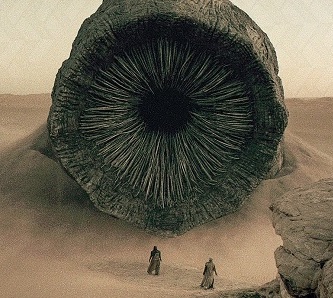
The Mole (Transporter) Module from the Teenage Mutant Ninja Turtles series is a subterranean vehicle used by the Foot Clan, characterized by its drill-shaped nose cone that allows it to burrow through the earth. This design concept shares a thematic similarity with the sandworms of the “Dune” universe, which are colossal, worm-like creatures that move beneath the sands of the desert planet Arrakis. Both the Mole Module and the Dune sandworms embody the concept of navigating and attacking from below the surface, utilizing the element of surprise inherent in underground travel.
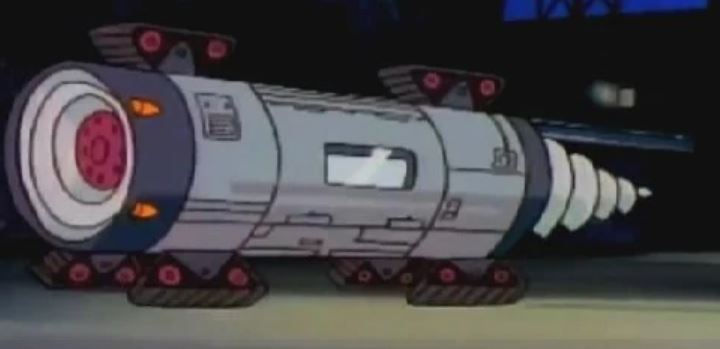
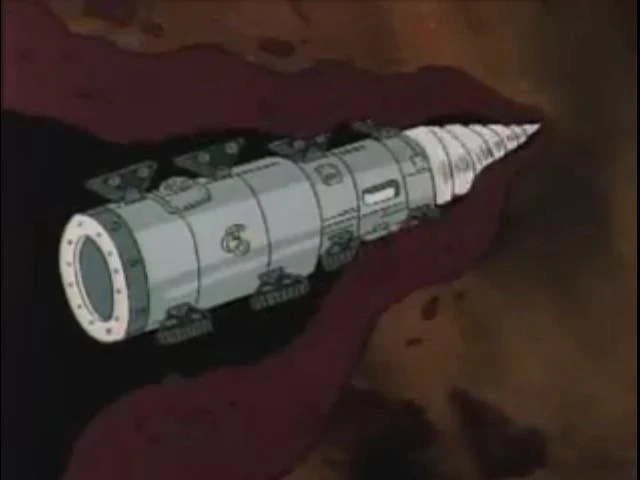
So what if we mix the organic “Alien” with the mechanical “Silly” toy into a much more serious, possible mechanism. Well, we get a mechanical worm that shifts the sands around it to the back, moves forward. It can twist and adjust speeds to reorient and redirect. With that it can surface and dig back deep.
This mechanical worm is more than a mere figment of science fiction; it stands at the frontier of what could soon be a tangible breakthrough in remote exploration technology. The design has been meticulously crafted with manufacturability in mind, using materials and mechanisms feasible within current technological capabilities.
As the anticipation builds for the cinematic spectacle that will grace the theaters, my creation stands ready to be prototyped, tested, and deployed. All components are designed to be 3D printed or machined … however a fully functional prototype requires further development of actuator system and control. For now … it remains a draft of what could be.
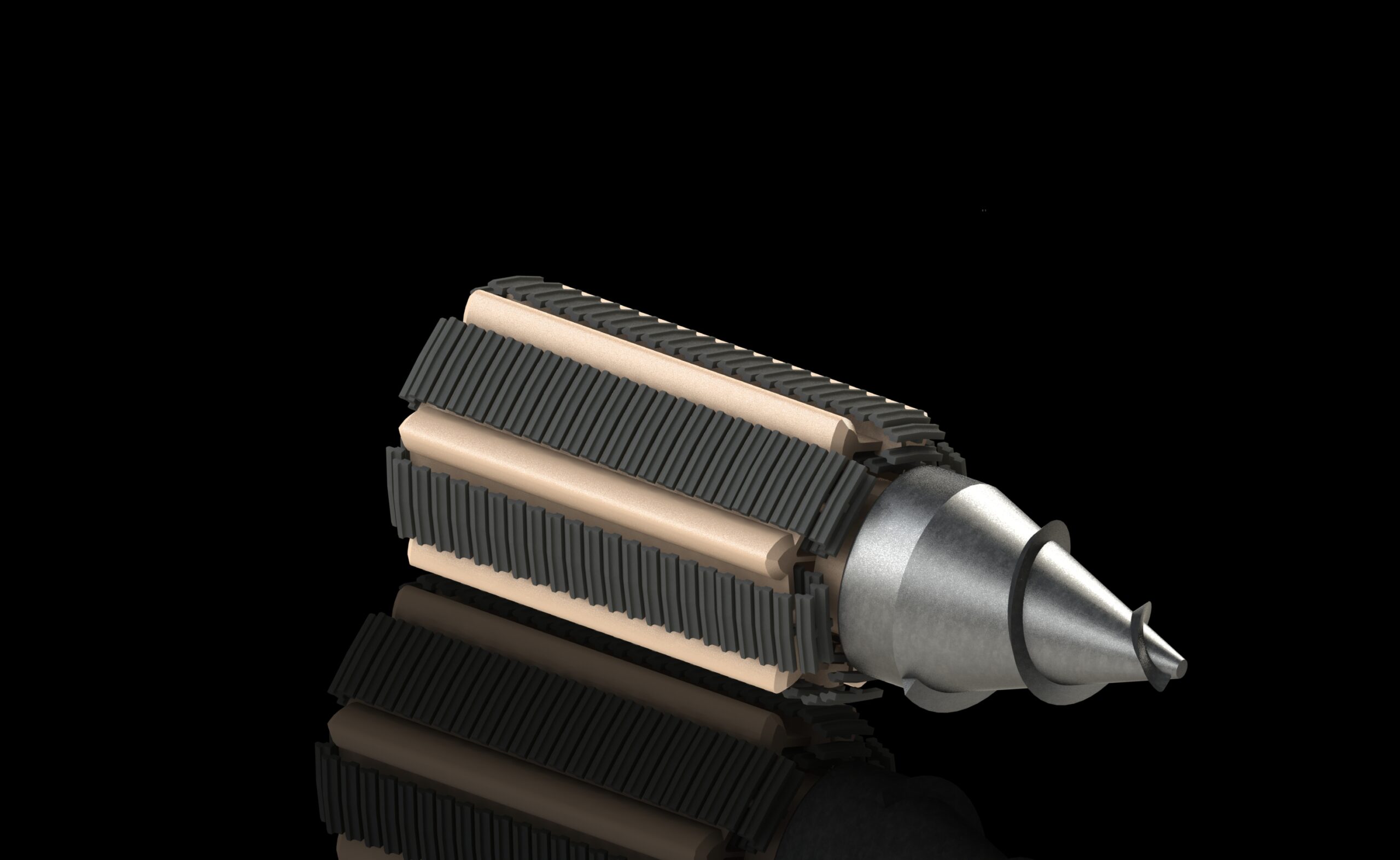
The head is directly copying what the artists imagined in TMNT, because that conical rotating head could actually function in lightly compacted sand. Around the body are chain / belts that rotate in backward direction like a treadmill, moving all surrounding material to the back and thus pushing the module forward. The back of the module shown below has a spherical back that can be coupled with more body modules and at the same time allows some bending angles between modules, enough to adjust direction, resurface, dig in. We should not forget the adjusting the belt speeds, for example, faster left side relative to right side would also allow the mechanical worm to adjust direction.
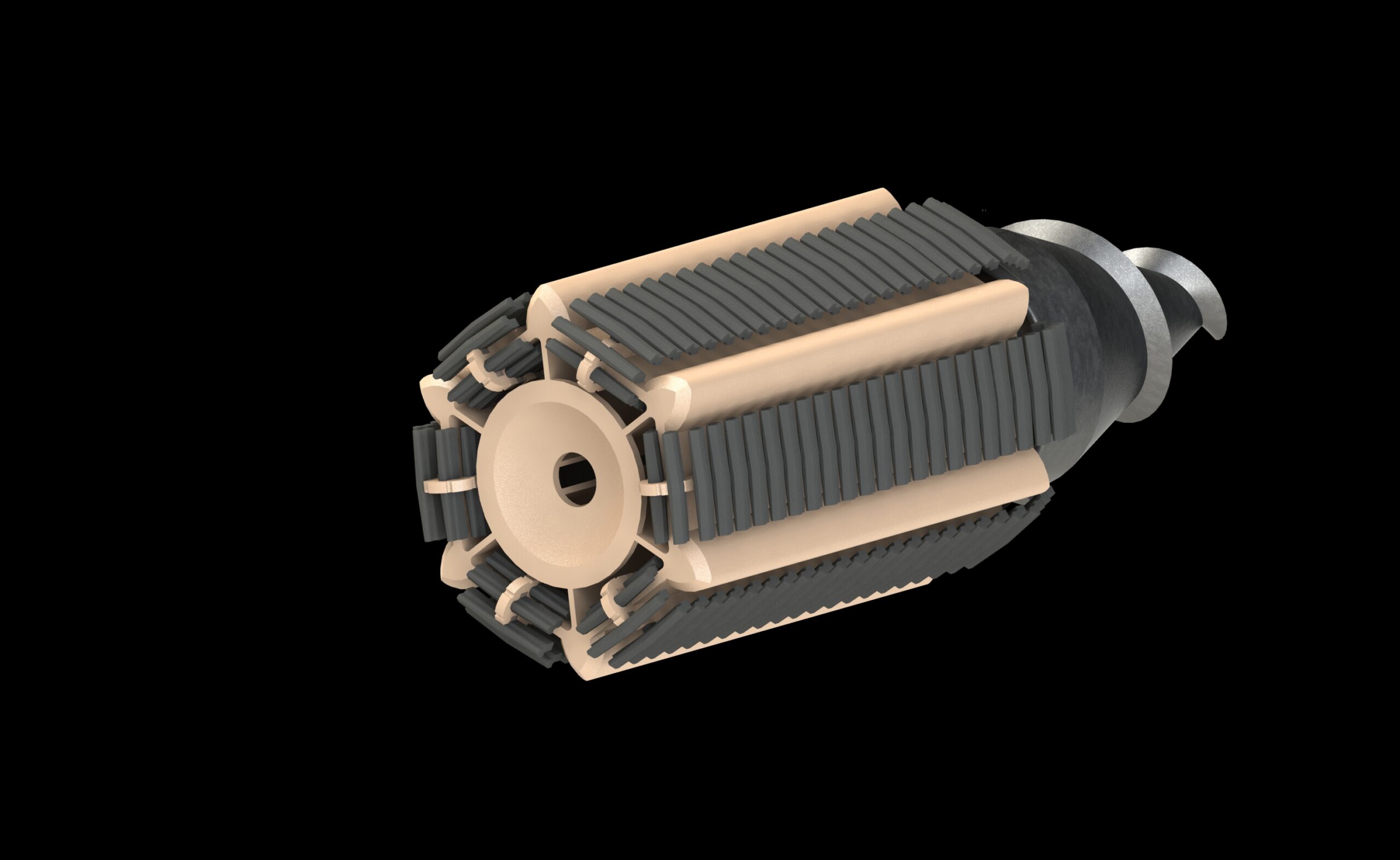
Combining the head module with several body modules, the worm starts to take shape. I am unable to say how many modules are enough to allow good manuverability, but with each module having its own, energy supply system, controllers, actuators, there is no reason that the module number must be limited.
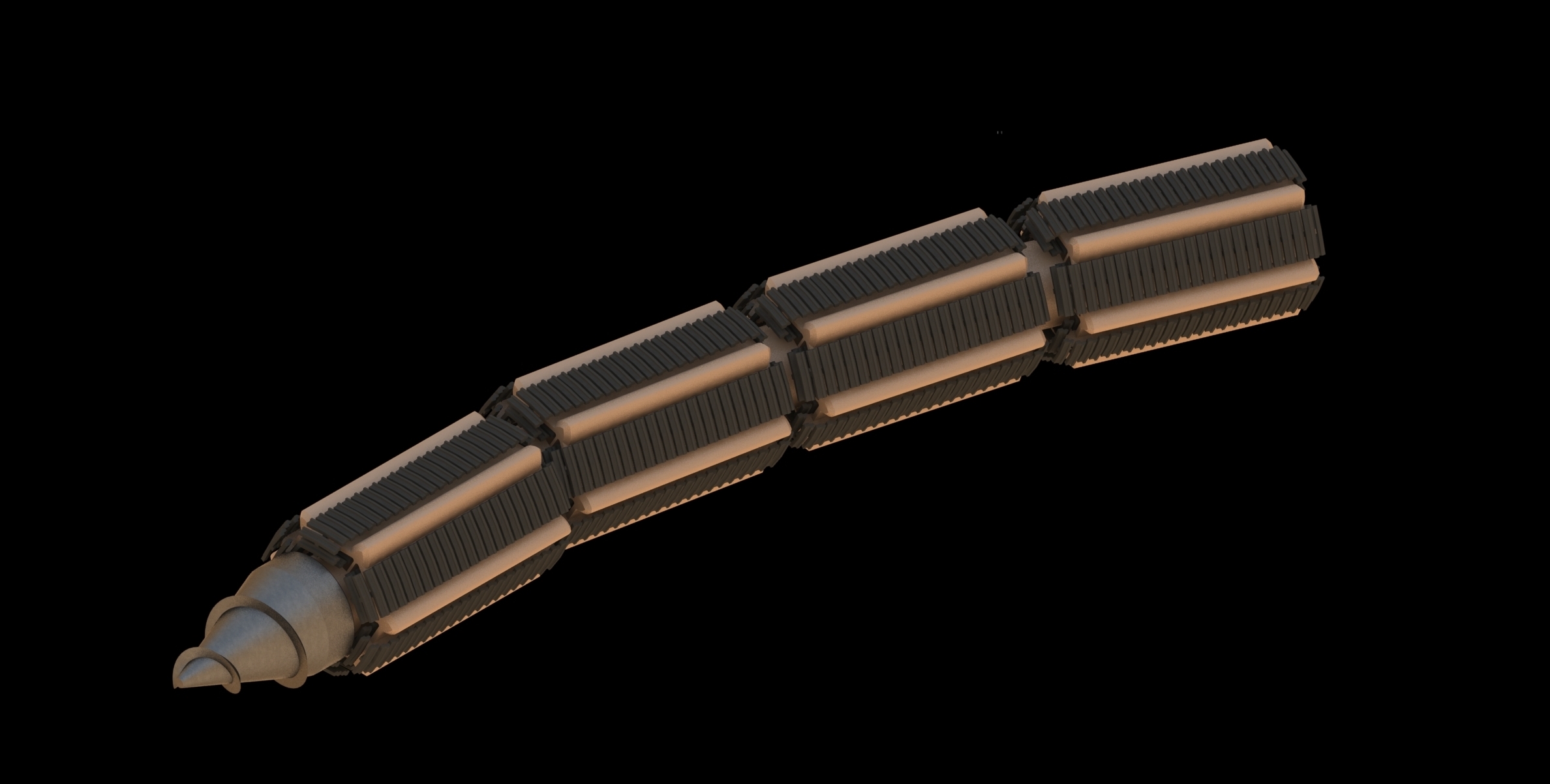
Now, I am not the Photoshop expert, so I tried to render worm in a desert using CAD software basic rendering. This was my first results.
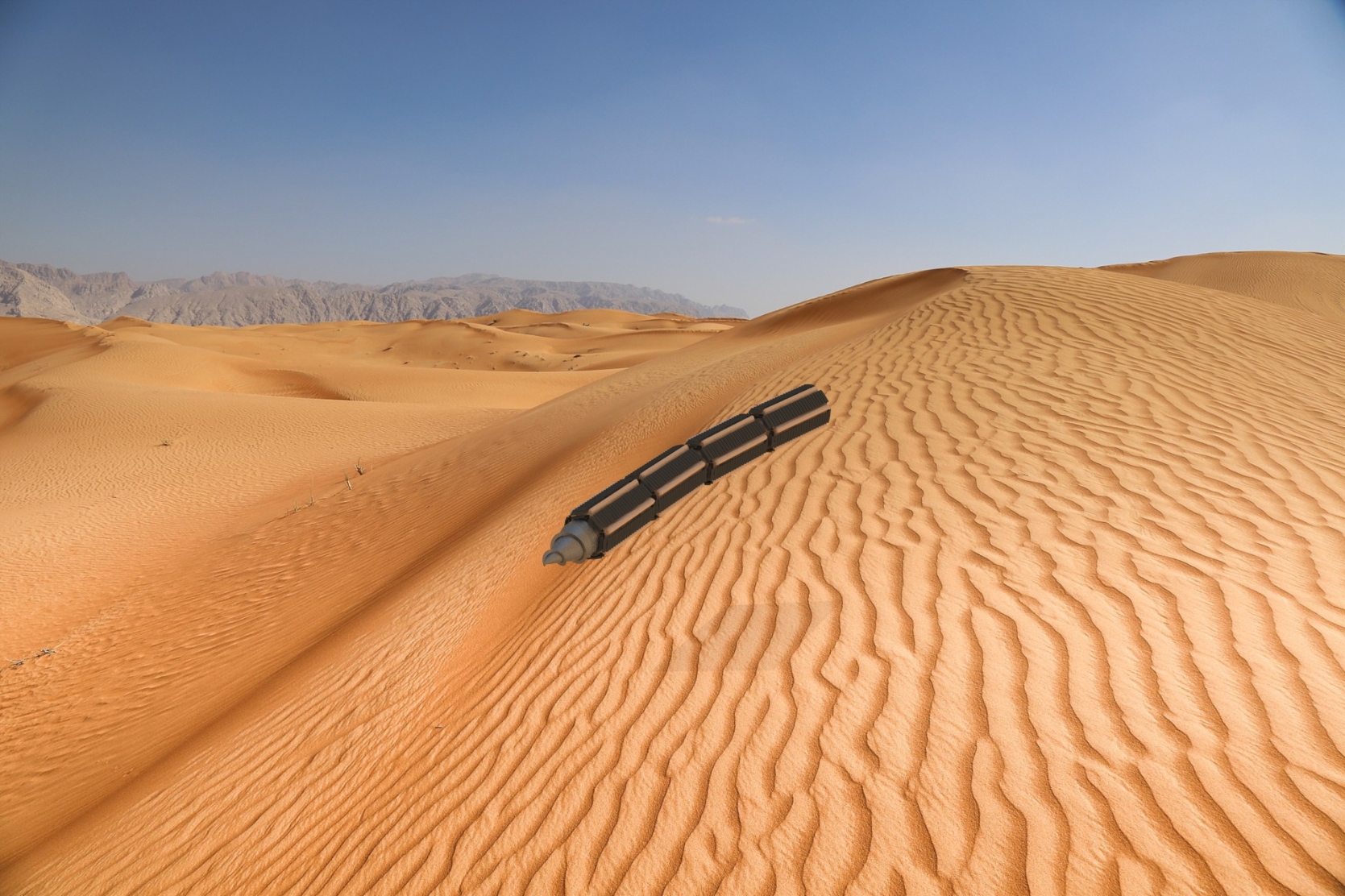
I asked Dalle3 for help. While A.I can help generate very interesting artistic images of Sci-Fi , it is for now unable to generate functional machines even if I provide images of my engineering design. (Maybe Dalle6 will be able to do that…)
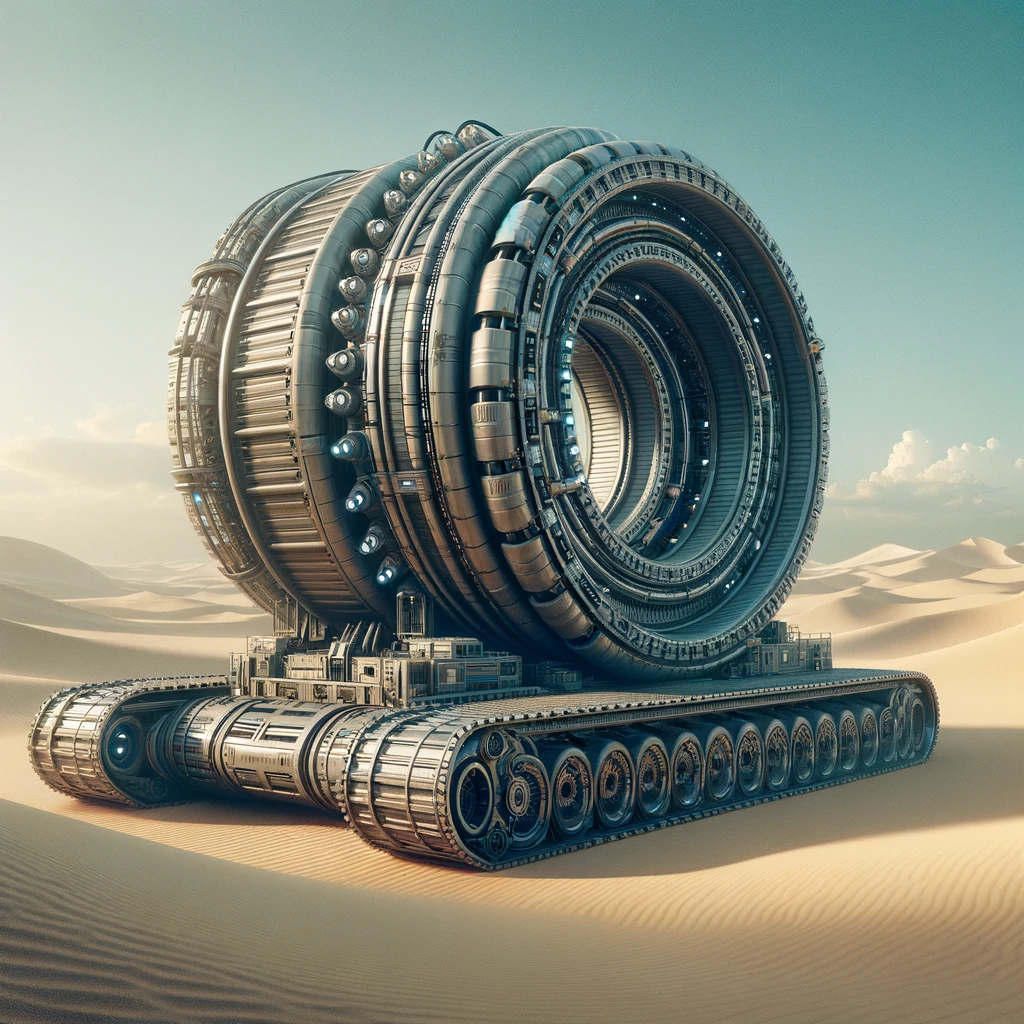
I tried to provide more description of the shape, with the cone head, the modular cylindrical sections and asked it to add a storm in the desert. I guess that is what it can generate for now after several tries.
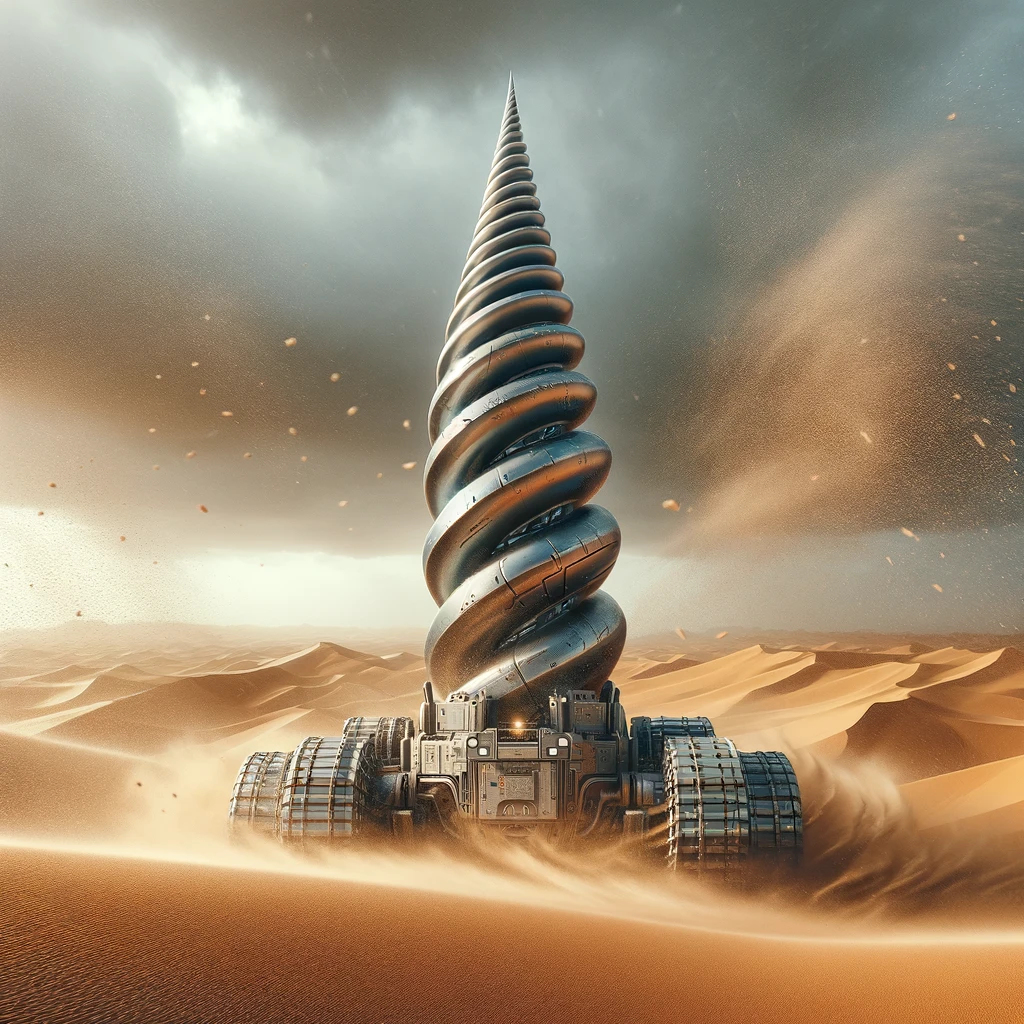
One last time, I insisted on a “Worm” like robot and I guess it got a bit closer. Amazing visual, but much more science fiction inspired that anything functional.

I went back to CAD, made slight camera adjustments and still felt disappointed… here it is.
Reality is not as appealing as fiction, especially at the beginning with prototypes and functional concepts. The journey to an attractive manufacturable product is very long. However, many of the new technologies are inspired by artistic work. These artists give us a vision and a goal to make imagination a reality.

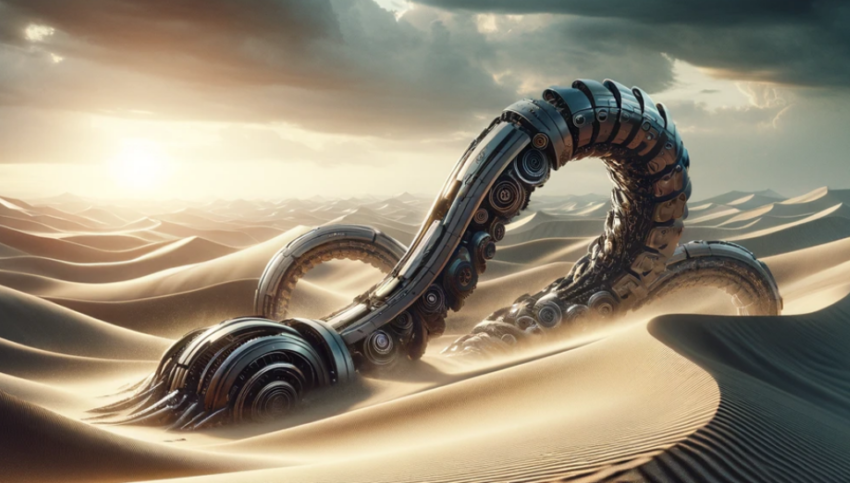
This is a good concept, and next I think we need some idea of specifics (off the top of my head: whether the belts themselves would work, power sources and outputs, sensors for depth and transmitting location, underground medium variability-like what happens if the sand is loamy on only one side, etc) before we see something come out of this project.
Slight gripe: There’s no point to having an AI generated picture if it doesn’t even match with your concept. That was just blatant padding for your article. Likewise with the 2 CAD photos, you just magnified one and posted both.
I appreciate your input Ben.
Further work and development is needed. I am researching which hardware could be suitable and material choices. Also sending signals effectively through the sand.
I think my point of A.I. and CAD is the attempt to better visualize the concept and the closing sentence that a prototype is not as attractive as a photoshopped thing or A.I. generated thing, but it is much closer to reality and how a first prototype look.